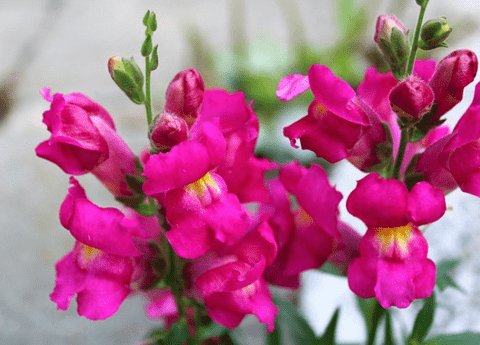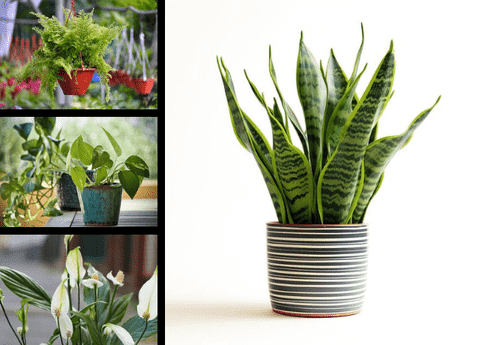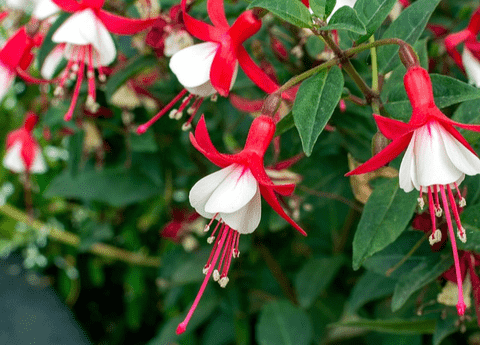The Ultimate Guide to Antirrhinum Majus Care101: Tips for Thriving Snapdragons
Table of Contents
Antirrhinum majus, commonly known as snapdragons, are beloved by gardeners for their vibrant colors and unique, dragon-like blooms. These hardy annuals can add a splash of color and a touch of whimsy to any garden, making them a popular choice among both novice and experienced gardeners. In this ultimate guide, we will delve into essential Antirrhinum majus care, offering snapdragon growing tips that cover everything from soil preparation to pest management. Whether you are curious about how to grow snapdragons or seeking detailed advice on snapdragon plant care, this guide aims to provide comprehensive insights to ensure your snapdragons thrive. Let’s explore the fascinating world of Antirrhinum Majus gardening and uncover the secrets to successful snapdragon cultivation.
Introduction to Antirrhinum Majus

What Are Snapdragons?
Snapdragons, scientifically known as Antirrhinum majus, are flowering plants native to the Mediterranean region. They are admired for their eye-catching, tubular flowers that resemble the face of a dragon, which opens and closes when squeezed—hence the name “snapdragon.” These plants come in a variety of colors, including red, pink, yellow, white, and purple. Typically grown as annuals, snapdragons can thrive in a range of climates and are well-known for their hardiness. Snapdragons can reach heights of 6 inches to 3 feet, depending on the variety. They’re often used in borders, containers, and as cut flowers due to their long-lasting blooms. With proper Antirrhinum majus care, these plants can provide vibrant displays from spring through fall, making them a versatile and delightful addition to any garden.
Benefits of Growing Snapdragons
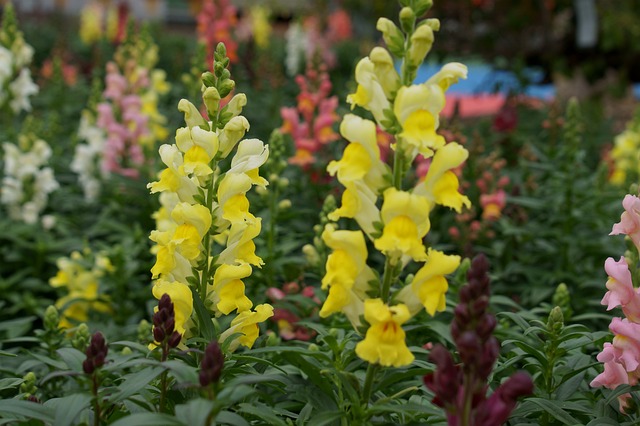
Growing snapdragons offers numerous benefits for gardeners. Firstly, their vibrant colors and unique flower shapes add aesthetic appeal to any garden, making them a favorite for ornamental planting. Snapdragons are also relatively easy to grow, requiring minimal maintenance, which makes them suitable for both novice and experienced gardeners. Additionally, they are versatile and can thrive in various settings, such as garden beds, borders, and containers.
Another significant benefit is their long blooming period, which can extend from early spring to late fall with proper care. Snapdragons also attract beneficial pollinators like bees and butterflies, which can help improve the overall health of your garden. Furthermore, their flowers can be used in floral arrangements, providing a fresh, colorful touch to indoor spaces. Overall, the ease of snapdragon cultivation and their multiple uses make them a rewarding choice for any garden enthusiast.
Snapdragon Growing Tips
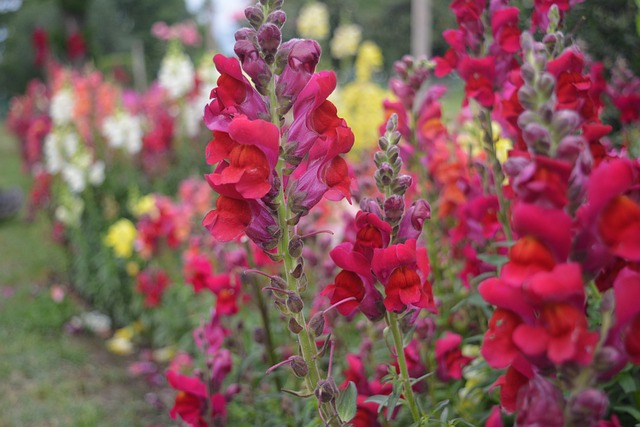
Ideal Soil and Climate
To ensure successful Antirrhinum majus gardening, it’s crucial to provide the right soil and climate conditions. Snapdragons prefer well-drained soil with a neutral to slightly acidic pH, ideally between 6.2 and 7.0. Amending the soil with organic matter like compost can improve drainage and provide vital nutrients, promoting healthy growth.
As for climate, snapdragons thrive in cooler temperatures, making them perfect for early spring and fall planting. They prefer full sun but can tolerate partial shade, especially in hotter climates. Daytime temperatures between 60°F and 75°F (15°C to 24°C) are ideal for snapdragon cultivation. In regions with hot summers, providing afternoon shade can help prevent heat stress and extend the blooming period.
Proper soil and climate conditions are fundamental aspects of snapdragon plant care, ensuring robust growth and vibrant blooms throughout the growing season. With the right preparation, your snapdragons will thrive and brighten up your garden.
Watering and Fertilizing
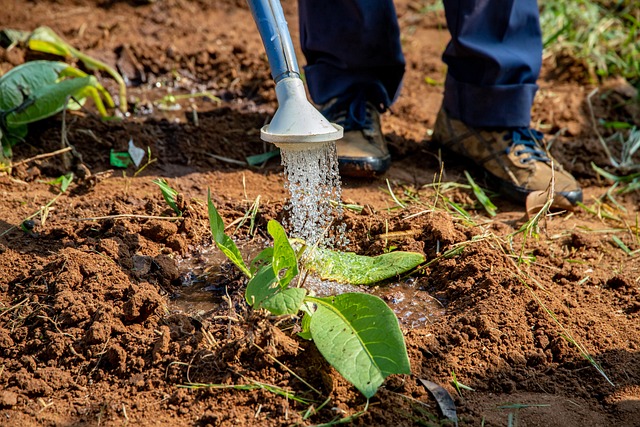
Proper watering and fertilizing are key components of effective snapdragon plant care. Snapdragons require consistent moisture, especially during their growing and blooming phases. It’s best to water them deeply once or twice a week, ensuring the soil remains moist but not waterlogged. Over-watering can lead to root rot, so it’s important to allow the soil to dry slightly between watering sessions.
When it comes to fertilizing, snapdragons benefit from a balanced, all-purpose fertilizer. Apply a slow-release granular fertilizer at planting time to provide essential nutrients throughout the growing season. Alternatively, a liquid fertilizer can be applied every four to six weeks. Be careful not to over-fertilize, as this can result in excessive foliage growth and reduce the number of flowers.
Consistent watering and proper fertilization are crucial for snapdragon cultivation, helping to promote robust growth and an abundance of vibrant blooms. By adhering to these guidelines, you can ensure your snapdragons receive the nutrients and moisture they need to flourish.
Pruning and Deadheading
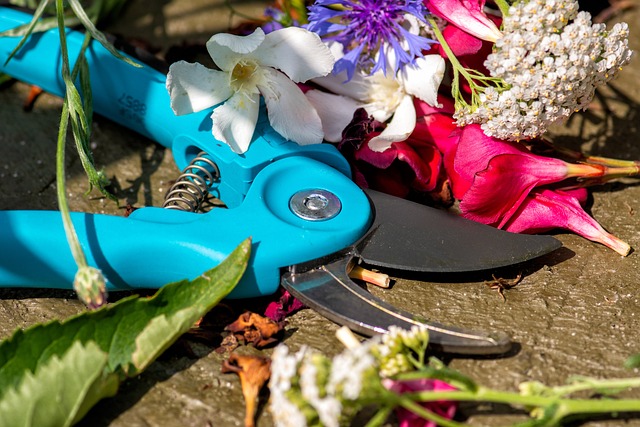
Pruning and deadheading are essential practices in snapdragon plant care that encourage continuous blooming and maintain plant health. Deadheading, or the removal of spent flowers, prevents the plant from setting seed and promotes the growth of new blooms. To deadhead, simply pinch off the faded flowers just above the nearest set of healthy leaves. Regularly deadheading your snapdragons will result in a more prolific and extended flowering period.
Pruning also plays a crucial role in snapdragon cultivation. Early in the growing season, pinch back the tips of young snapdragon plants to encourage bushier growth and more flower spikes. This can be done when the plants are about 3 to 4 inches tall. Additionally, removing any damaged or diseased stems helps maintain plant health and prevents the spread of disease.
By incorporating regular pruning and deadheading into your Antirrhinum majus care routine, you can enhance the overall appearance and longevity of your snapdragon blooms.
Common Issues and Solutions
Dealing with Pests and Diseases
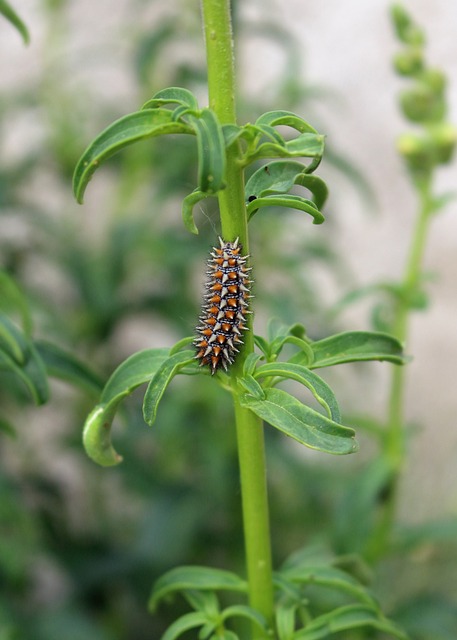
Caring for snapdragons involves staying vigilant against pests and diseases that can affect their health and beauty. Common pests are aphids, spider mites, and caterpillars. Aphids can be managed by spraying plants with a strong jet of water or using insecticidal soap. Spider mites thrive in dry conditions, so maintaining adequate humidity and regular watering can help keep them at bay. Caterpillars can be handpicked or controlled with natural insecticides like Bacillus thuringiensis (Bt).
Snapdragons are also susceptible to fungal diseases such as rust and powdery mildew. To prevent these diseases, ensure proper air circulation around the plants by spacing them adequately and avoiding overhead watering. Remove any infected leaves promptly to prevent the spread of fungi. Using a fungicide as a preventive measure can also be effective.
By proactively managing pests and diseases, you can ensure your snapdragons remain healthy and continue to brighten your garden with their vibrant blooms.
Troubleshooting Growth Problems
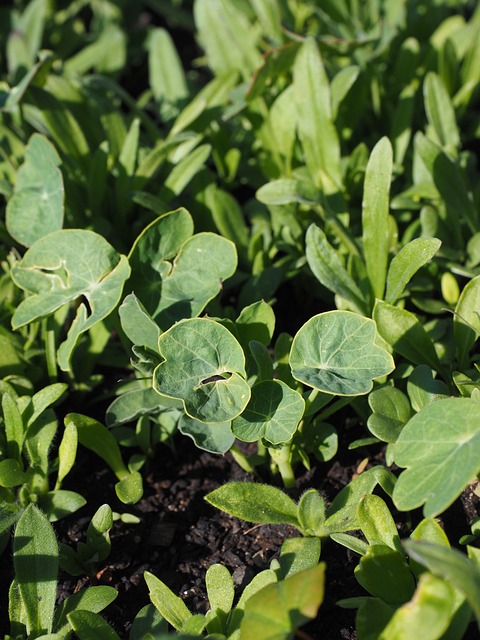
Even with proper care, snapdragons can sometimes encounter growth problems. One common issue is legginess, where plants become tall and spindly. This often results from insufficient light. To address this, ensure your snapdragons receive at least six hours of sunlight daily. If growing indoors, consider using grow lights to enhance natural light.
Yellowing leaves can indicate various issues, including over-watering, poor drainage, or nutrient deficiencies. Check the soil moisture level and drainage; if the soil is too wet, adjust your watering schedule. Applying a balanced fertilizer can help rectify nutrient imbalances.
If your snapdragons aren’t blooming, it might be due to excessive nitrogen, which encourages foliage growth over flowers. Switch to a fertilizer with lower nitrogen and higher phosphorus content to promote blooming.
By identifying and addressing these common growth problems, you can enhance your snapdragon cultivation efforts and ensure your plants remain healthy and vibrant. Regular monitoring and prompt action are key to successful Antirrhinum majus care.

